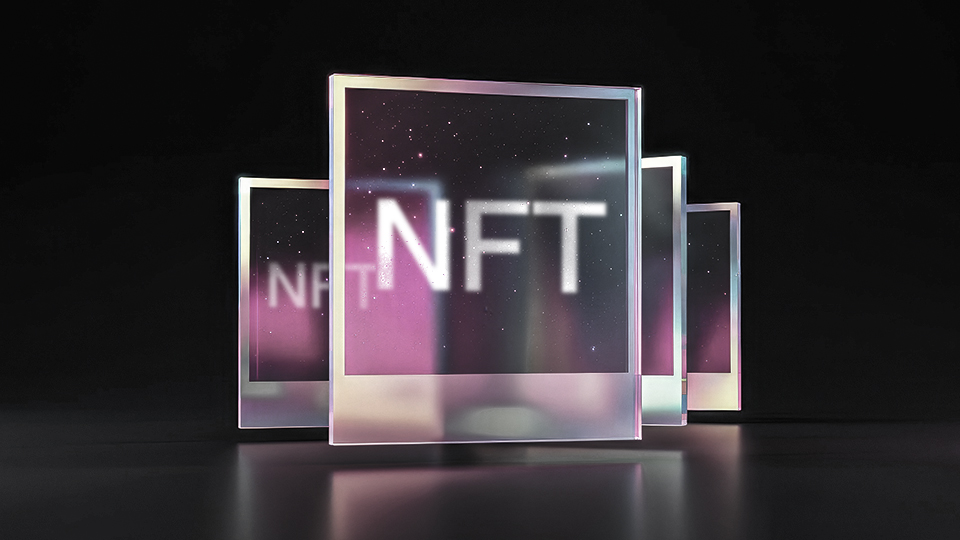Practical Strategies for Protecting Your IP in Web3
Protecting intellectual property (IP) in the Web3 world can be challenging, but with the right strategies, it’s definitely manageable. Here are some practical tips to help you safeguard your IP in this decentralized digital space.
Register Your IP on the Blockchain
First and foremost, register your IP on a blockchain. This step creates a tamper-proof and verifiable record of ownership with timestamps. By using blockchain-based IP registries, you can establish a solid foundation for defending your rights and deterring potential infringers.
Use Blockchain Cryptography for Security
Next, consider the power of blockchain cryptography for securing your IP. Implementing encryption and watermarking techniques can add an extra layer of protection to your digital assets. Encryption helps prevent unauthorized access and distribution, while watermarks, whether visible or invisible, assert your ownership and make it easier to identify instances of infringement. These tools are essential for keeping your valuable IP safe in the decentralized Web3 space.


Stay Vigilant with Constant Monitoring
Vigilance is key in the ever-evolving world of Web3. Constantly monitor your IP assets across decentralized networks to track their usage and detect any instances of infringement. Utilize blockchain analytics tools and digital monitoring services to help you spot unauthorized usage and take prompt action to enforce your rights.
Leverage Advanced Platforms and AI
To further enhance your IP protection efforts, consider using specialized platforms that leverage AI and Web3 data analysis. These platforms offer advanced features like automated takedown notice generation and visual recognition to detect infringement across NFT marketplaces. By incorporating these cutting-edge tools into your strategy, you can stay one step ahead in protecting your IP.



